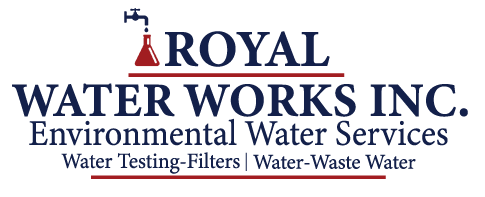Everything You Need To Know About the Different Types of Water Treatment
What are the different types of water treatment, you may ask? Before you even consider any water treatment device for your home, you should become familiar with the quality of the water supply. Hardness and odor issues can be detected via simple observation. To combat health risks, you should locate a safe water supply. Read on to learn about the common water treatment methods and the benefits you can expect from them.
Types of Water Treatment
Here are the different types of home water treatment systems. These are all the most widely-used purification and water filtration methods and systems.
Reverse Osmosis
This is a process where water pressure is forced via a semi-permeable membrane. The dissolved materials are repelled when water is forced against the reverse osmosis membrane surface. As a result, you receive purer water. It is a popular method that is excellent for reducing contaminants in water.
The biggest downside to reverse osmosis is that while it can remove lead, iron, fluoride, and their containments, it will waste a lot more water than it produces. It is also costly and requires expensive maintenance.
Ultraviolet Water Sterilization
Rays from the sun contain the UV spectrum used in Ultraviolet Water Treatment Systems but at lower intensities. The UV lamps used in water treatment are designed to have the highest amount of UV energy. There are many benefits of UV water treatments; they are chemical-free and can treat and destroy 99% of illness-causing microbes such as E.coli, Salmonella, and more.
When it comes to the downsides of using UV water filtration systems, they have low effectiveness for removing chemicals, and sometimes filtration is necessary prior to UV.
Filtration
This is a process in which water passes via a water system that may consist of one or more filters. The purpose is to remove turbidity, iron, odor, and taste. Once this water treatment system has been installed, it may require various replacement parts, which can be seen as a downside, such as lamps, sleeves, replacement filters, membranes, and more.
You should always make sure that you are following the manufacturer’s recommended maintenance and service instructions for your system. This will ensure that you always have clean drinking water and that your system remains in proper working condition.
Distillation
This is the process in which a liquid is converted by heating it into a vapor state. The vapor is then cooled, condensed to a liquid state, and collected. During this process, contaminants are removed from the water. Distilled water is simply water that has been purified by passing via one or more evaporation cycles. This water contains no dissolved solids.
The only downside to distilled water systems is that they require a lot of energy to produce just a small amount of purified water. Many companies do not carry distillation systems or recommend them.
Categorised in: Water Treatment Service
